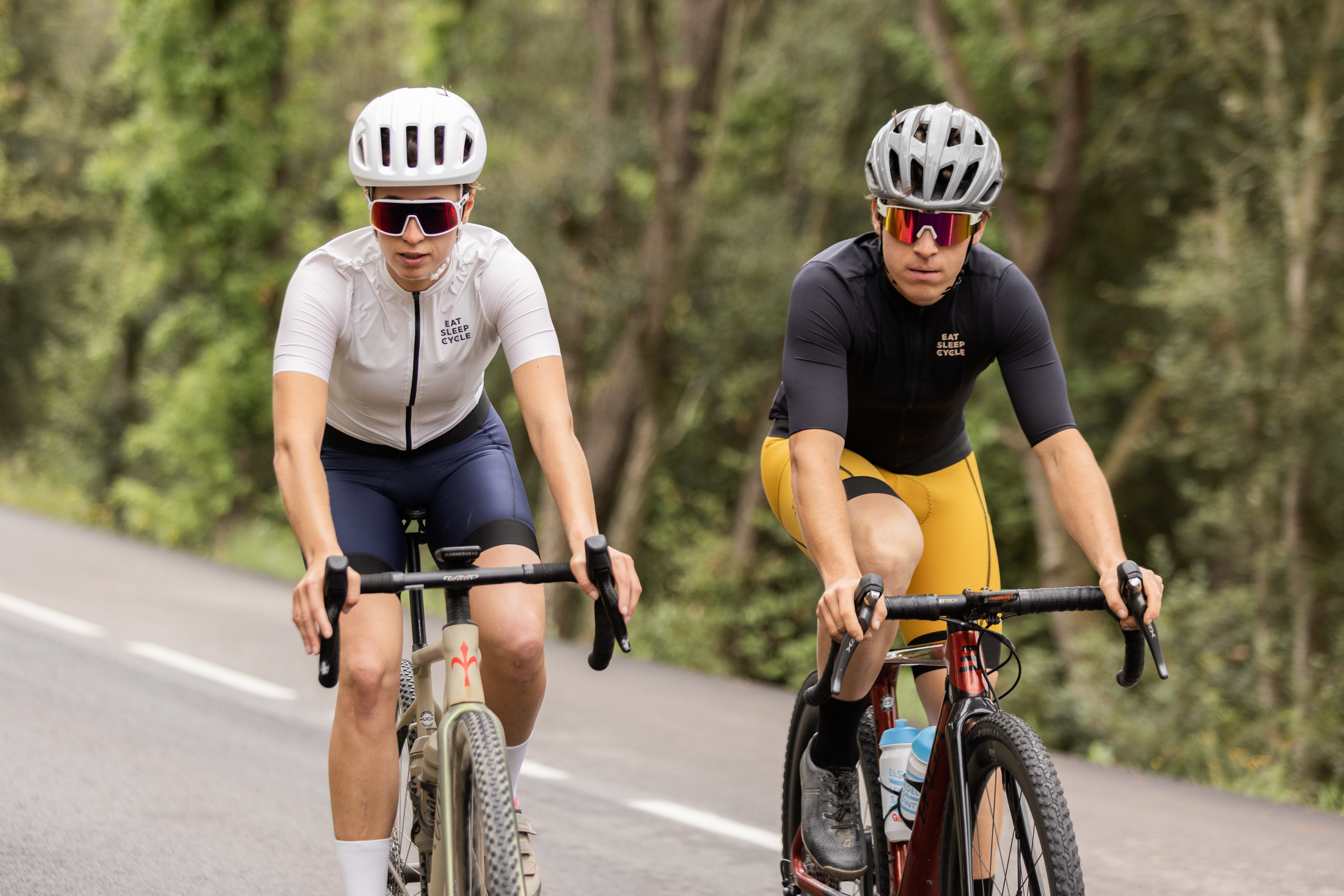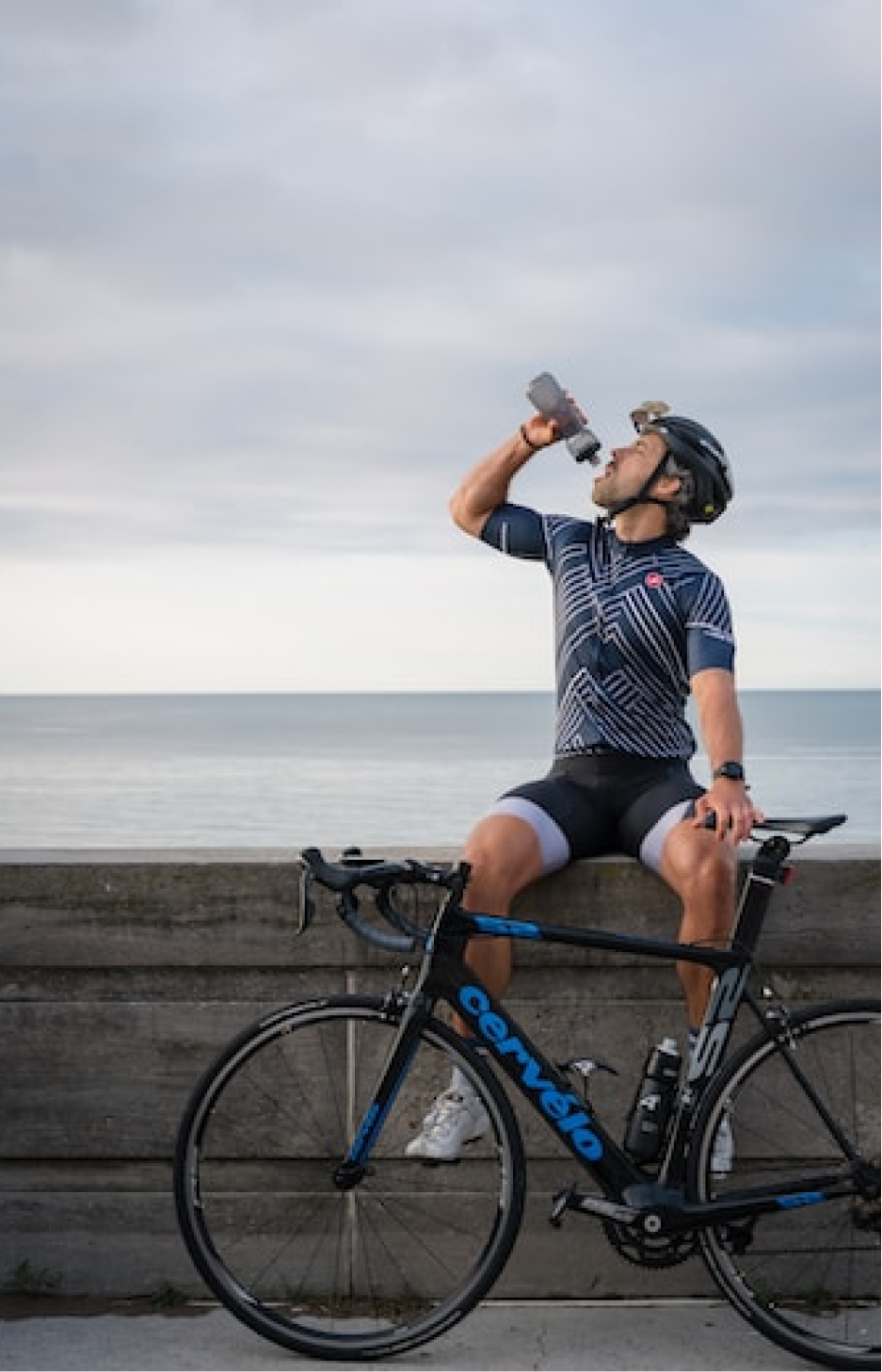Wondering how to optimise your training to get better results? Read on for tips from coach Will Harper on how to train like a pro.
Below I have summarised some of the most impactful training tips from 10 years of
coaching amateurs to pros. Read it carefully and implement as much as you can in
your own training if you want to become a faster, more powerful cyclist. This stuff
works!
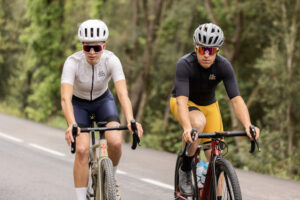
Carbs are King (or Queen).
Do not under fuel sessions. It is the biggest mistake riders make when managing their
own training & nutrition. Under fuelling on a regular basis can be extremely
detrimental to physical and psychological health, not to mention catastrophic in
terms of performance.
Ignore the fad diet advice, the key is keeping yourself topped up with carbohydratescarbs
are your rocket fuel and are needed on and off the bike for performance and
supporting the body’s natural processes of recovery and adaptation.
After big training days, ensure you do not go to bed hungry! Going to bed hungry is highly
likely to result in poor sleep quality and therefore poor recovery (partly due to a
spike in the stress hormone cortisol). Have a pre-bed snack- we recommend oats
with yoghurt for slow release protein and carbohydrates to support bodily functions
throughout the night.
Training and eating is all about balance. You should absolutely allow yourself “treats”
now and again. However timing these treats before big rides is worth considering, as
this will help top up glycogen stores leaving you energised for your efforts and
avoiding excess calorie surplus.
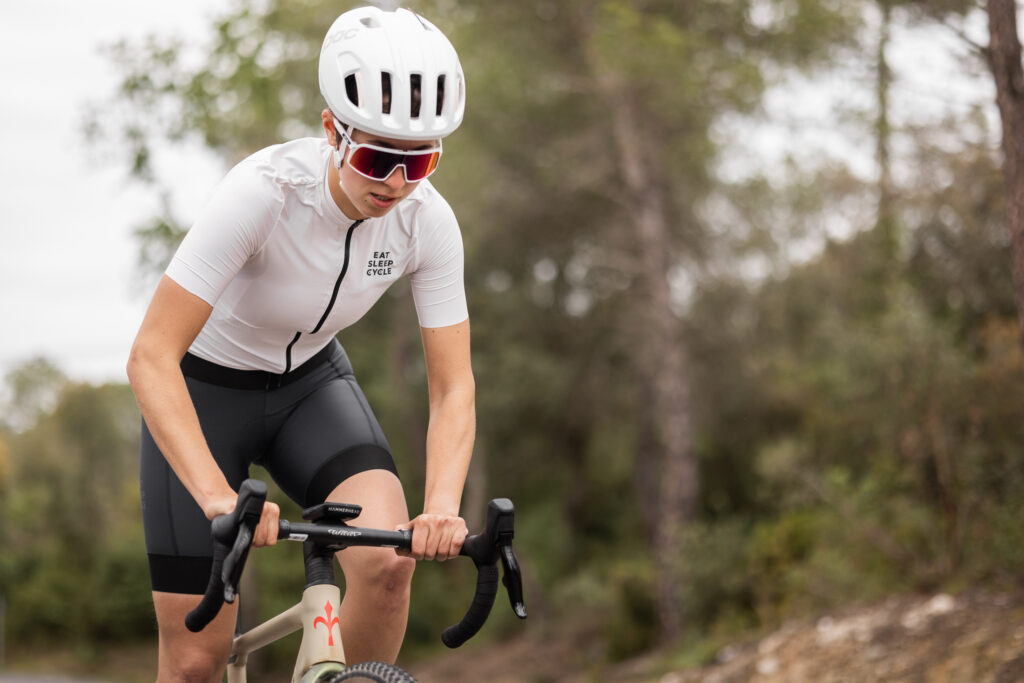
Ride Slower to Go Faster.
Another fundamental mistake cyclists make is going too hard on endurance rides.
Doing so greatly increases fatigue while producing very little adaptive benefit. It’s an
illogical trade-off!
Keeping endurance rides controlled allows you to go longer without fatiguing,
therefore banking more quality training time. It also means you can go harder in your
hard sessions (sprints, vo2 max etc) because you are not carrying a load of
unplanned fatigue in the legs. Therefore your overall progression will increase.
Generally using rate of perceived exertion (riding on feel) as opposed to being a slave
to the power numbers is also a good habit on endurance rides. Training zones are
anchored to FTP which is a biochemical tipping point that is moving every day, so of
course your zones are not going to be totally accurate. If you are in “zone 2” but
your legs are burning and you are struggling to maintain the power, reduce your
effort until you are comfortable. Doing so will produce the best endurance
adaptations while limiting unnecessary fatigue.
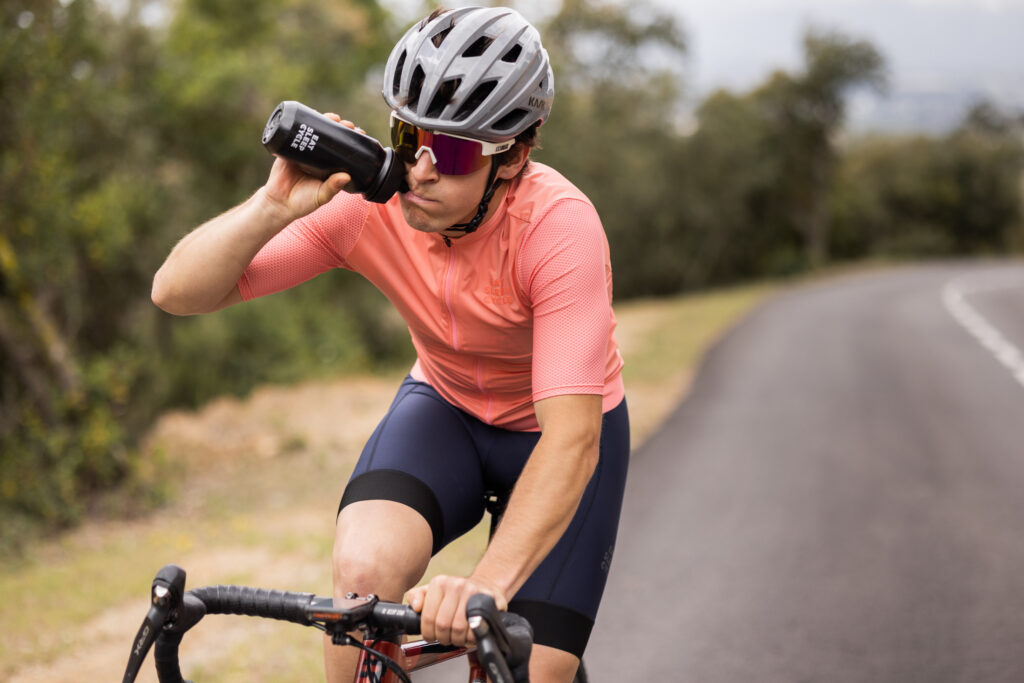
Avoid Too Much High Intensity Training.
With the evolution of apps such as Zwift, short very hard sessions with large
amounts of anaerobic work have become much more prevalent in the everyday cyclist’s
training week. This is all well and good while it’s all well and good… but too much
high intensity can be extremely detrimental.
When it comes to high intensity workouts, more is not necessarily better. In fact,
recent research has shown that too much high intensity can lead to “sudden and
severe declines in the function of mitochondria, which are the energy powerhouses
inside the cells, along with incipient signs of blood sugar dysfunction”.
On a more tangible level, too much intensity in your plan can lead to overtraining
and all that comes with it: loss of performance, loss of motivation, depression,
irritability, insomnia and numerous other suboptimal impacts! I’ve been there
personally, it’s a dark rut that can take a long time to come out of.
So how much high intensity interval training should you be doing? If you’re a
relatively new cyclist, you’ll want to stick to shorter intervals at lower intensities (no
more than twice a week). As you become more experienced and resilient, you can
increase the length and intensity of your intervals.
For veteran athletes, high intensity intervals play a crucial role in countering the
ageing process (loss of lean muscle mass and decrease in VO2 Max), but, recovery
between sessions must be longer versus a cyclists in their late 20s, for example.
Fundamentally, these intervals must be stacked upon a base of solid endurance. If you
go straight into the season with block of VO2 efforts this is likely a one way ticket to
burnout, and, if this fatigue is not shed with some prolonged rest, it can subtly follow
you throughout the whole season resulting in a string of inconsistent performances.
In short, high intensity absolutely has its place in almost every training plan. But,
timing, experience, age and individual response are important considerations before
launching into a hard block of training.

Get a Good Coach and Avoid Generic Training Apps!
A significant number of riders we coach come to us and say something along the
lines of “I was using (insert generic training app here…) and it worked for a few
months. Then I stopped improving/ plateaued / burnt out / got bored to tears / got
slower etc…
To maximise your potential, it’s imperative you follow a plan that’s specifically
tailored to YOUR unique physiology, and a plan that also progressively simulates the
demands of your target events. Following the same plan as Bob down the road will
only get you so far. To reach your full potential you have to get highly specific with
your training!
Furthermore, an absolutely fundamental part of getting stronger month on month
and year on year is making the correct training decisions most of the time.
For example, if you have a slight head cold and your legs are feeling heavy, should you
complete your sweet spot session? If your legs are burning and your heart rate
won’t rise, should you still push on and finish the endurance workout? If you’ve had a
stressful day at work, should you drag yourself onto the indoor trainer at 7pm to get
the planned session done?
These highly nuanced decisions, when taken collectively over a year, are absolutely
crucial to get right. They can be difference between truly maximising your potential
or burning out!
The fact is, software can’t answer these for you. There are too many factors to
consider. These are the all important decisions your coach should be helping you
with. So if you are experiencing any of the above, bin your generic training app and
get on the phone to an experienced coach.
I hope some of this proves useful in your own cycling journeys. Happy pedalling!

